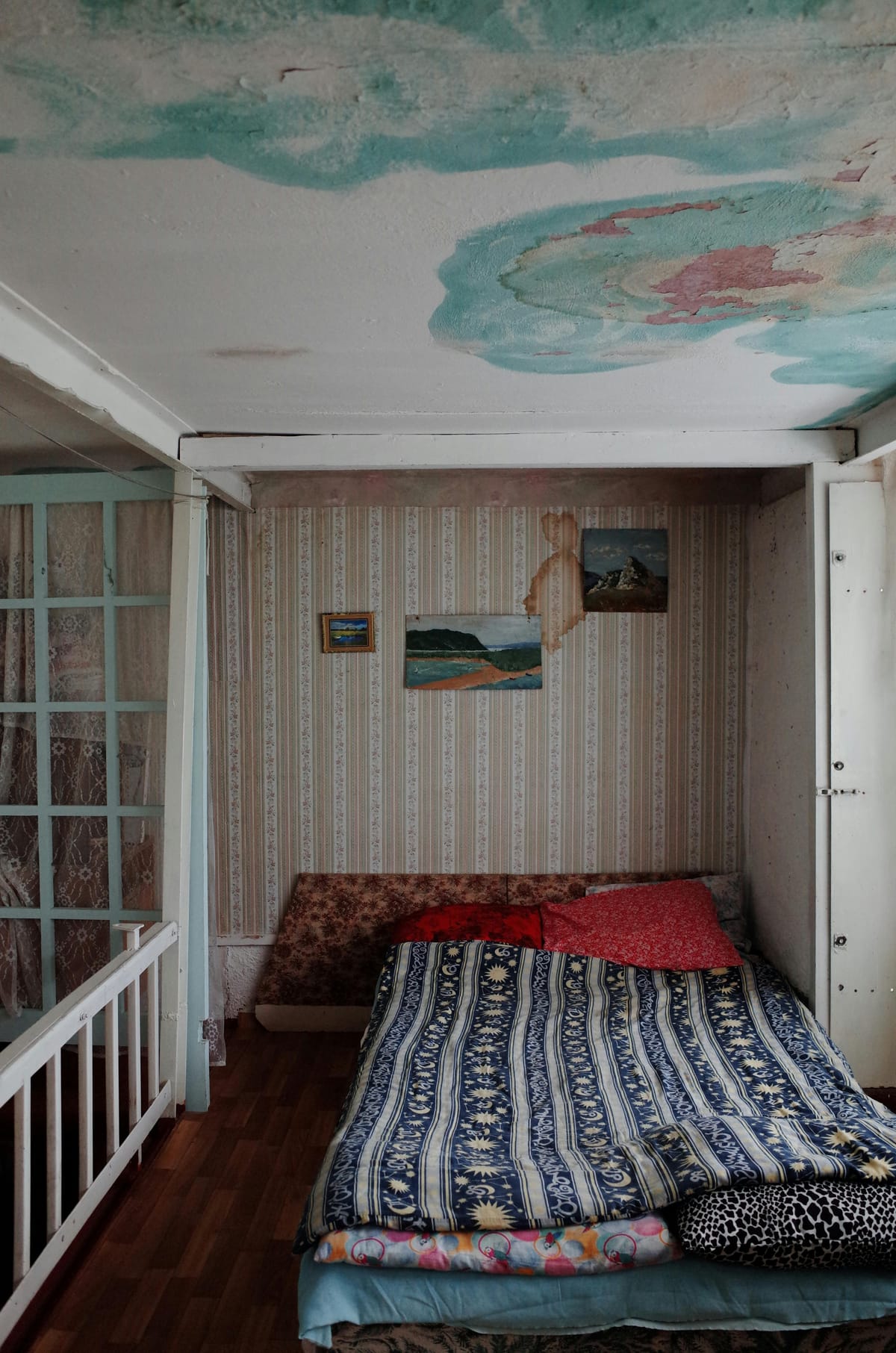Mould - how it affects you

Mould. It's probably in your house. You may exhibit symptoms or not. But, in all probability, you probably have mould.
So what does it mean for your health, and what can you do?
The symptoms of mould in your home, include a racing heart, tingling in the extremities of your hands and legs, bloating, swelling of your chest, and a hormonal disruption.
Your immune system could be compromised, as could your digestion. The outcome may not always be linked back to mould.
So, for example, if you have an auto-immune disease, say skin-related. You could be given a host of reasons, from stress to medicines to genes, before someone turns to mould as a cause.
Mould is often that lurking problem, hiding away in the shadows. So what can you do?
The most obvious is a scan of your home. If you can already see mould stains on your walls or floor, you know you have a problem.
There are many kinds. Black moulds, or stachybotyrs, are the most dangerous and can cause flu, diarrhoea, headaches, memory loss, and respiratory damage.
Wet, dark environments create a mould called chaetomium. Red, watery eyes, trouble breathing, and neurological damage are the outcomes.
Penicillium (not connected to penicillin) can cause bronchitis and asthama.
So what can you do?
A wet, dark environment that is not regularly cleaned is your worst enemy. Products like magazines and books that can be hosts can contribute to the problem. Old mattresses and linen do the same thing.
If you use air conditioning and the room is not aired or does not get regular sunlight, your risks can increase.
So eliminate all of these possibilities. Use rubbing alcohol to clean your room regularly. If the mould infection is serious, you may need professional help.
Do not hesitate to get help if you need it; mould is not something you want in your home.
Reach out to me on twitter @rbawri Instagram @riteshbawriofficial and YouTube at www.youtube.com/breatheagain






